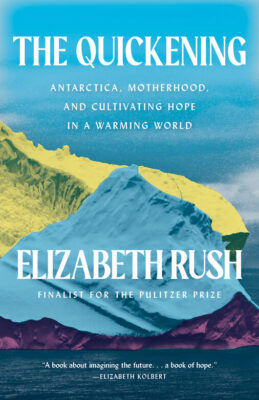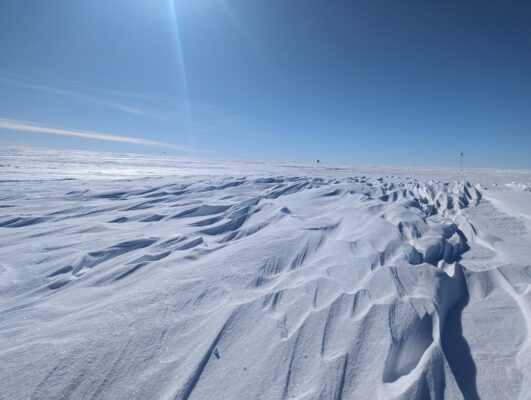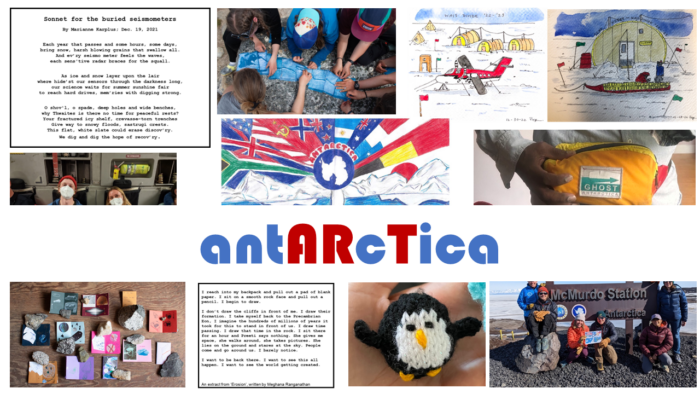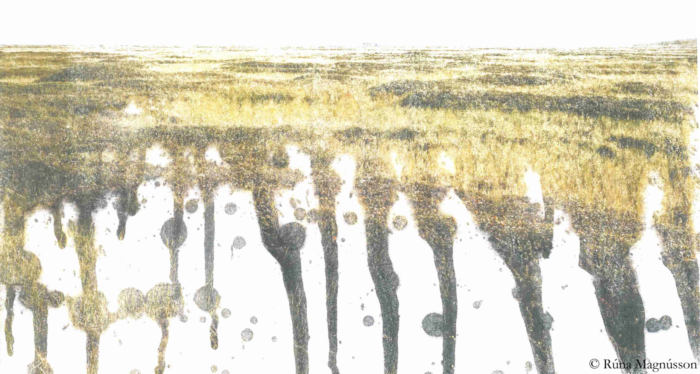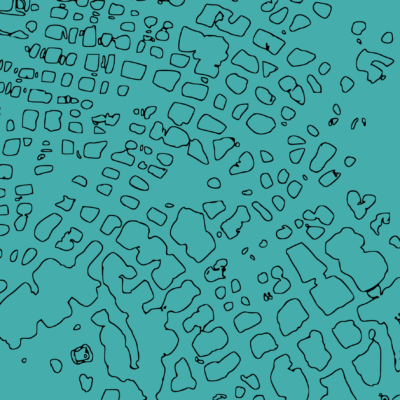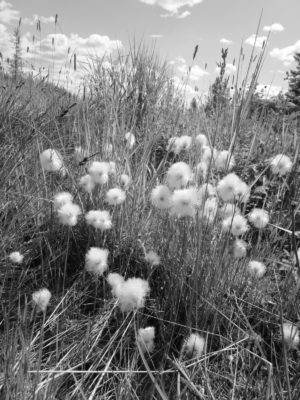Even before its publication, my partner stumbled over the book The Quickening by Elizabeth Rush on Twitter and send it to me. In this book, Rush describes her journey to Thwaites Glacier and – as I was very curious about it – I bought it immediately after its release. It is not only documentary work about the journey, but also a meditation on responsibility, motherhood and life in a world of chang ...[Read More]
Image of the week: The Song of Sastrugi
Sastrugi are significant features in glaciology, providing valuable insights into wind patterns, snow dynamics, and surface processes. So although at first sight they may be easy to walk over (quite literally), their patterns and features can tell us more than you might think, so next time take a moment to look and see the story they have to tell… The Song of Sastrugi The wind’s icy b ...[Read More]
antARcTica
In the frozen expanse of Antarctica, where the remote environment tests the limits of scientists, a unique relationship between science and art can emerge. As the isolation, weather and beauty of the ice-covered continent introduce themselves, some Antarctic individuals find solace in the realm of art. In this blog post, we delve into the interplay between the world of scientific exploration and t ...[Read More]
How over-consumption leads to reduced sea ice: Visualization through artwork
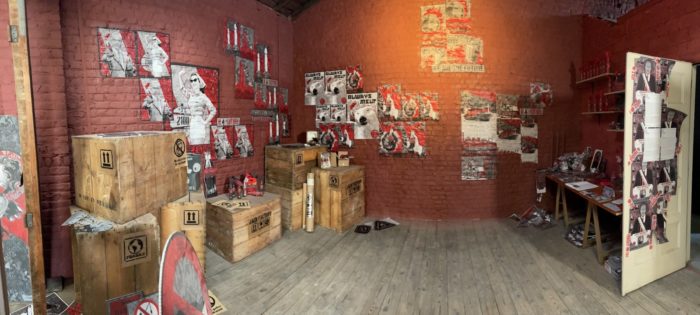
Do you think that it is sometimes challenging to understand science (as a reader or listener) or to explain it (as a scientist)? Then, art may be a good solution to the problem. Between April and June 2023, Zacharie Bodson (artist) and I (climate scientist) are participating in the Seas and Oceans exhibition to explain the links between changes in Arctic sea ice and over-consumption. Read here abo ...[Read More]
Fostering connections with frozen landscapes
Whether they are natural occurrences or experimentally induced, permafrost and Arctic ecosystems are responding fundamentally to recent climate extremes. Good writing and statistics material for us scientists, but bad news on pretty much every other level. Are we effectively communicating how fundamental these changes are? And can we use our personal experiences, stories and artwork to support us ...[Read More]
Perspective on Listening to Permafrost
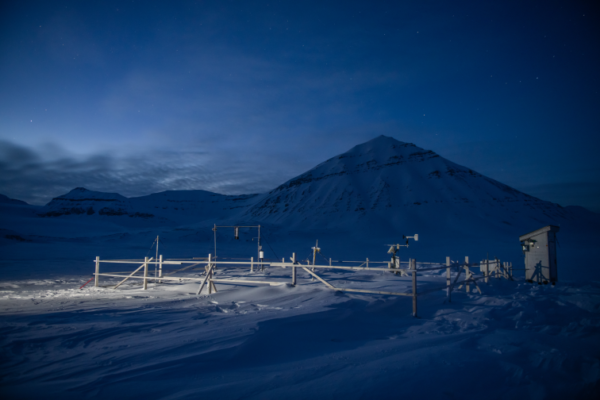
> Reflections from an ongoing art-science research project Common Grounds < How to visualize thousands of thousands (> 20,000,000) of data points collected in the Arctic atmosphere and subsurface at a permafrost observatory over 25 years? How to tell the story of permafrost, ground that is permanently frozen and an important part of the cryosphere, that is currently warming and thawing at ...[Read More]
Wake up every one – permafrost microbes feasting – greenhouse gases go
I really like to combine science and art. This puts science in a larger perspective and can help understand it in different ways. And perhaps more importantly, it evokes emotion. I wrote haikus and created stencils for every chapter of my PhD thesis. I created these artworks to illustrate the dimensions of the permafrost region and the consequences of global warming on permafrost. Let me show you ...[Read More]
You left us too early: a eulogy to permafrost
Most problems faced in research are complex and require creativity and critical thinking. Thus, we need to be creative in science! Or maybe, science itself is creative and there is no such thing as non-creative science. Anyhow, in today’s world, where TED-talks, science slams and elevator pitches, not to mention tweets, are ubiquitous, it is important that scientific expression takes on a form tha ...[Read More]

